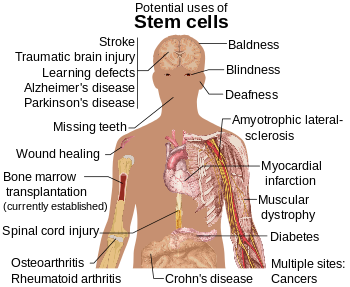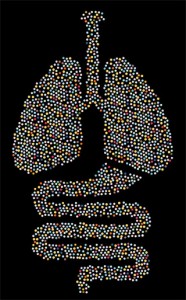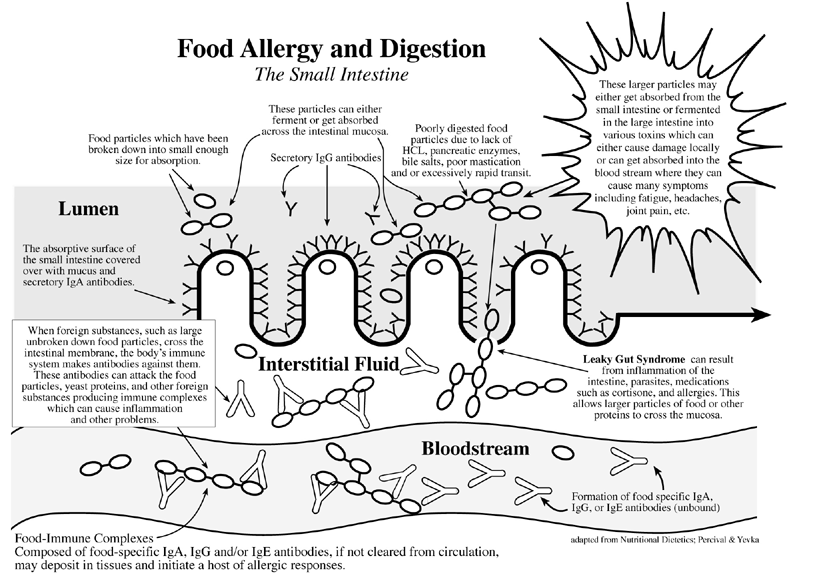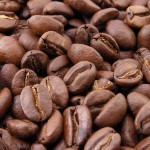
As many of you know I had a stem cell implant in January at StemGenex in La Jolla California. I had been somewhat discouraged by the effect on my Parkinson’s disease but two different people in the past week have spontaneously remarked that my tremors have reduced. The tremors have spread to the other side, but are less intense. So it may well be that I am not the best judge- I only pay attention when the tremors are active.
I want to say right off that even if I’d had no effects whatsoever from the stem cell implant that valuable information would be derived from the study. We need to learn who responds and who does not. There are considerations of the effects on insulin resistance and gut bacteria, as well as vagus nerve stimulation that affect the success of stem cell implants. We need more experimentation on how and where to administer the cells and what activities will impact their proliferation. (Too bad for nonresponding participants who pay out of pocket but good for science.)
It is true that I haven’t had the dramatic changes that I expected. And I might have done better with stem cells taken from the cord blood of a newborn rather than my own adipose (fat) cells. When you are fat, the fat cells can be hypoxic and less vital. One doctor I spoke with in Mexico said he prefers cord blood because the stem cells are more active, even if there are considerably fewer of them. If you are heavy and are considering stem cell implants you might consider using cord blood. Cord blood is not available in the US, but there are reputable firms outside of the country.
Do I think losing weight prior to a stem cell implant might have helped? Only with a few years lead time and lots of detoxification. The problem is that fat stores toxins to protect the body from the harm they can cause. I have tested high for lead, strontium, DDE and other endocrine-disrupting compounds. Weight loss can dump toxins into the blood stream and tissues as fat cells are broken down or deflated, which is why I have gotten sick every single time I lost weight, even slowly. I did a course of herbal detox and DMPS, EDTA, and Olestra (1) chelation prior to the stem cell implant to reduce toxins but stopped a month before the implant to let my body normalize. Chelation cannot be done after the implant until the cells have finished multiplying.
A friend tells me that our neighbor is still experiencing improvements 2 years after his stem cell implant – and it took a while to build up. He saw the greatest improvement after he started getting deep massage and using a vibration platform late in the first year. So there is still hope. It has been only 6 months. One woman with MS who was going through the implant with me for the third time said that the first time there was no change until 6 months and suddenly she was able to raise her legs two feet instead of two inches. Pazienza, Karen!

I was advised by a colleague with Parkinson’s to get a vibration platform to increase the stem cell activation and to reduce Parkinson’s symptoms. I used one last week while visiting my parents and it definitely activates qi and blood, affecting not only circulation but eliciting a strong stretch-reflex contraction in muscle fibers. It is a very efficient anaerobic form of resistance training and they claim that 10 minutes of platform exercise is like 60 minutes of regular exercise. Vibration platforms for the home run between $200- $6000. While the pure platforms without handholds look like they give a stronger vibration and certainly fit better in a NYC apartment, the design looks risky for someone with Parkinson’s. The $250 Confidence Fitness machine has over 700 five star reviews on Amazon. I am saving up for it now.

- Ronald J. Jandacek, James E. Heubi, Donna D. Buckley, Jane C. Khoury, Wayman E. Turner, Andreas Sjödin, James R. Olson, Christie Shelton, Kim Helms, Tina D. Bailey, Shirley Carter, Patrick Tso, Marian Pavuk.Reduction of the body burden of PCBs and DDE by dietary intervention in a randomized trial. The Journal of Nutritional Biochemistry, 2014; 25 (4): 483 DOI: 10.1016/j.jnutbio.2014.01.002













 between long-term caffeinated and decaffeinated filtered coffee consumption and markers of inflammation and endothelial dysfunction. … CONCLUSIONS: These results indicate that neither caffeinated nor decaffeinated filtered coffee has a detrimental effect on endothelial function. In contrast, the results suggest that coffee consumption is inversely associated with markers of inflammation and endothelial dysfunction.
between long-term caffeinated and decaffeinated filtered coffee consumption and markers of inflammation and endothelial dysfunction. … CONCLUSIONS: These results indicate that neither caffeinated nor decaffeinated filtered coffee has a detrimental effect on endothelial function. In contrast, the results suggest that coffee consumption is inversely associated with markers of inflammation and endothelial dysfunction.